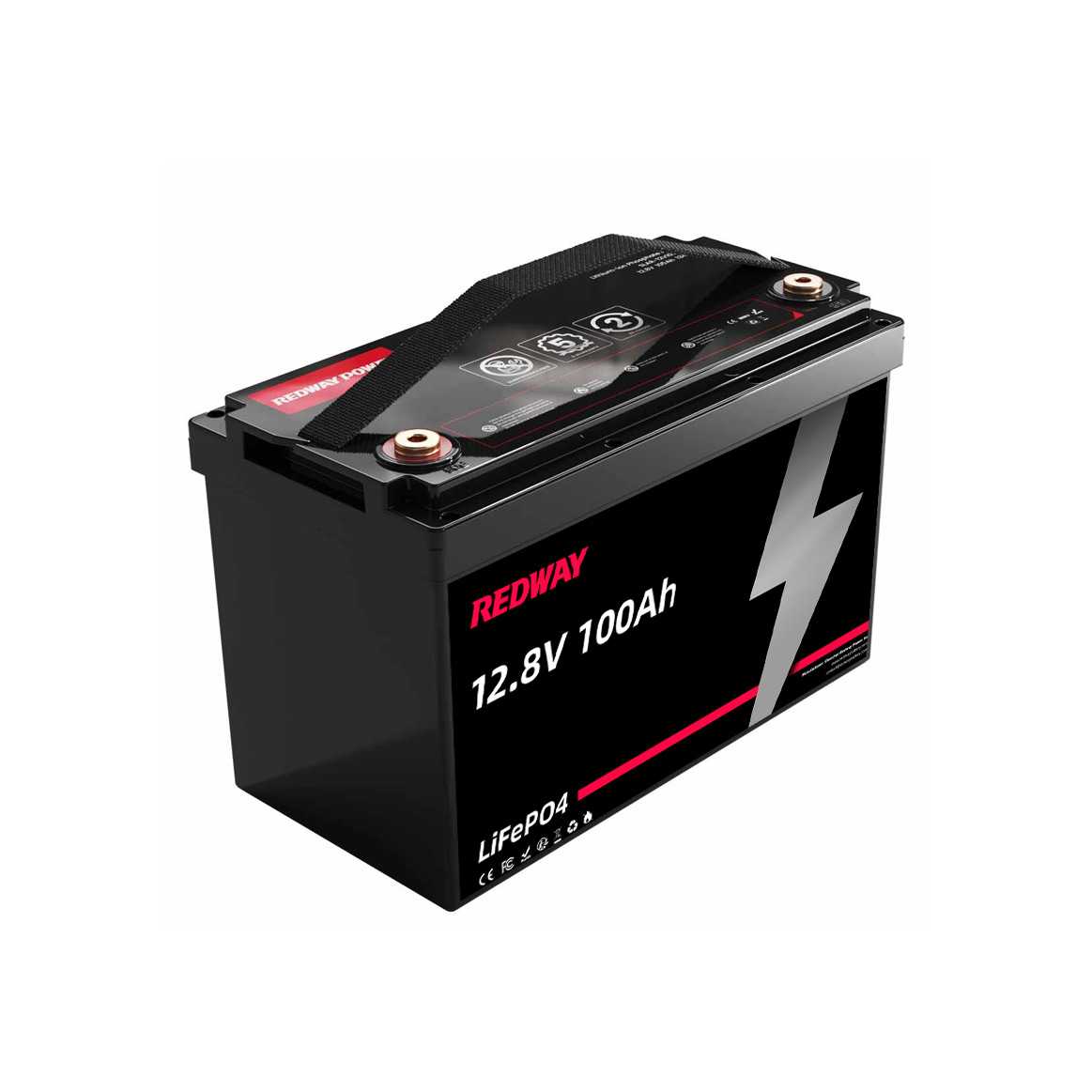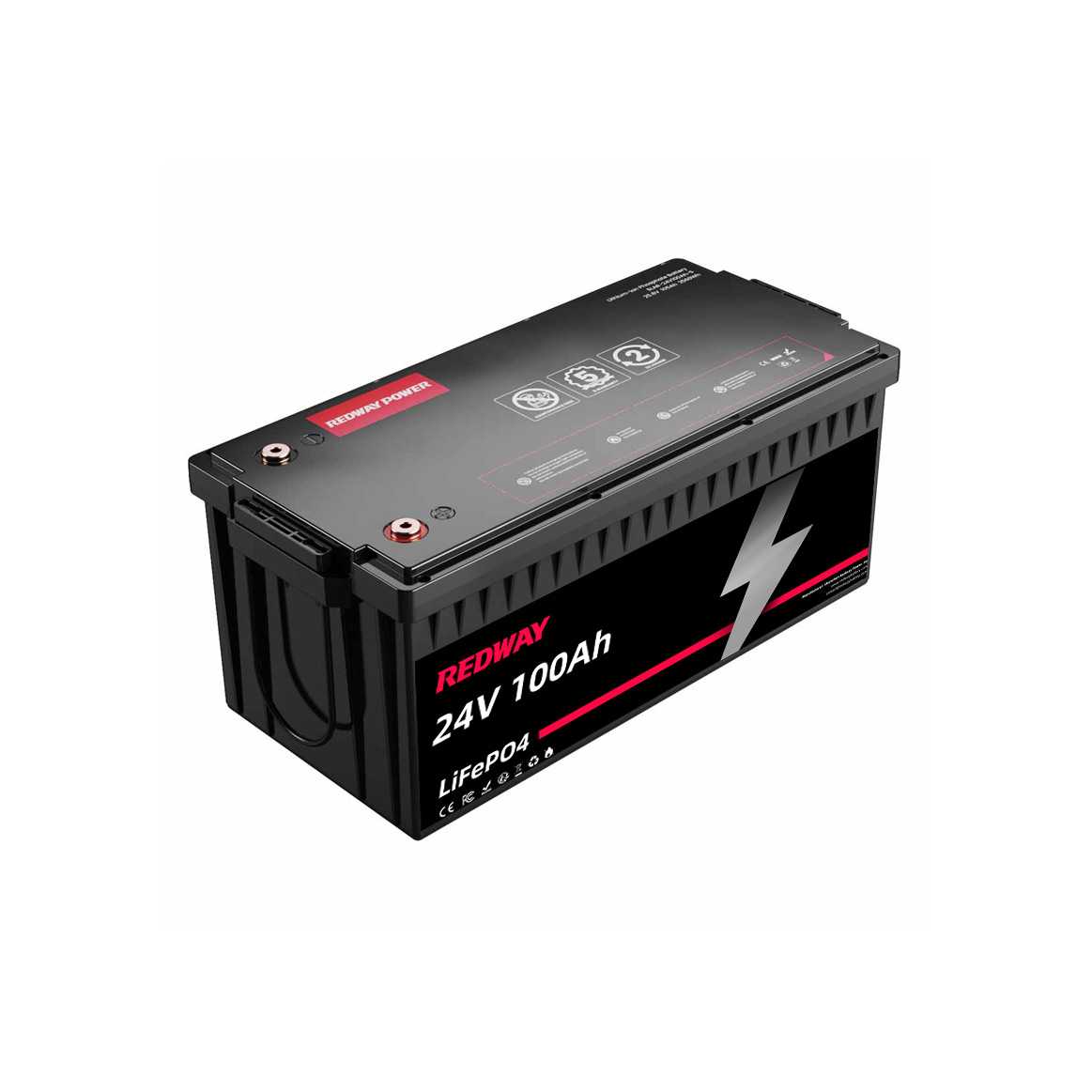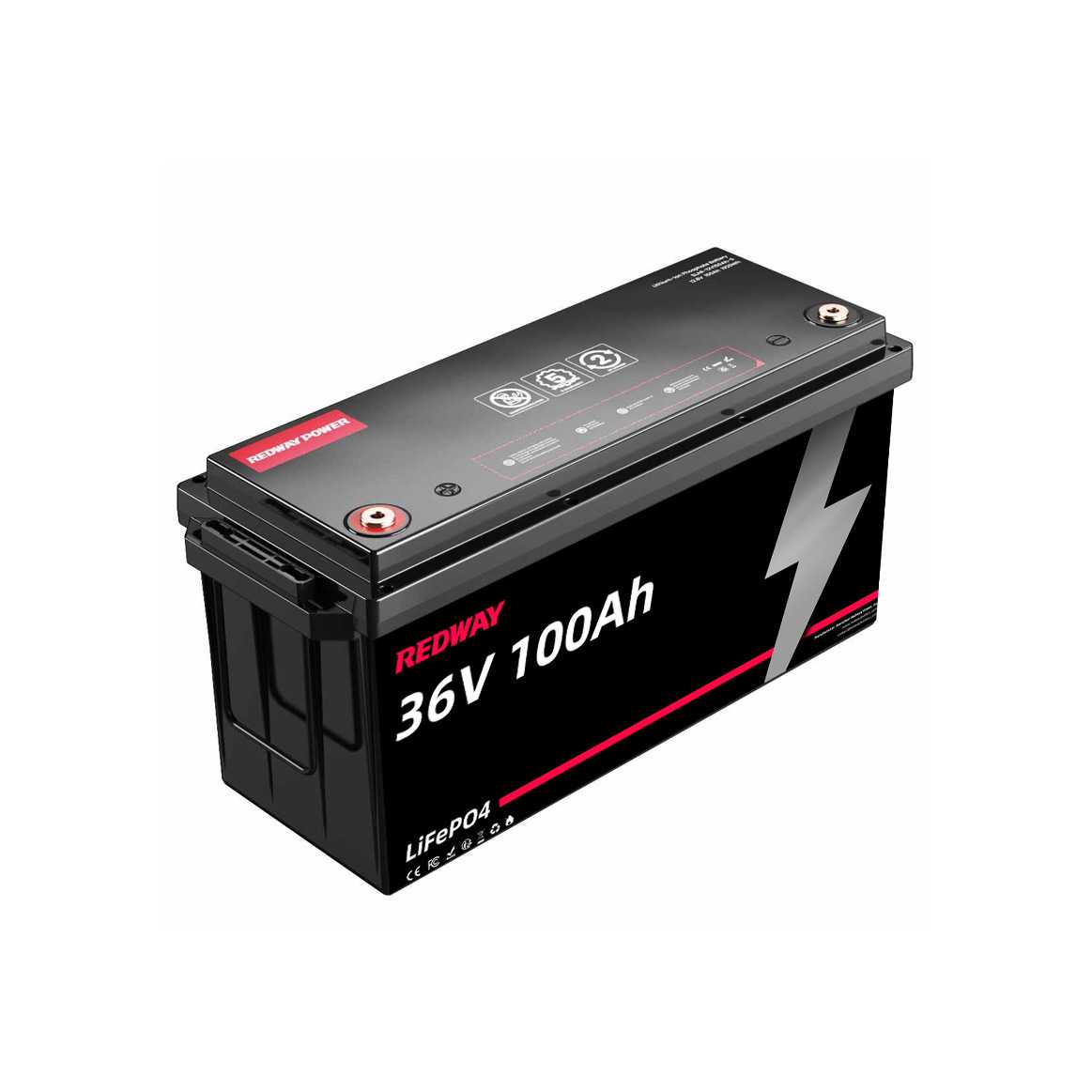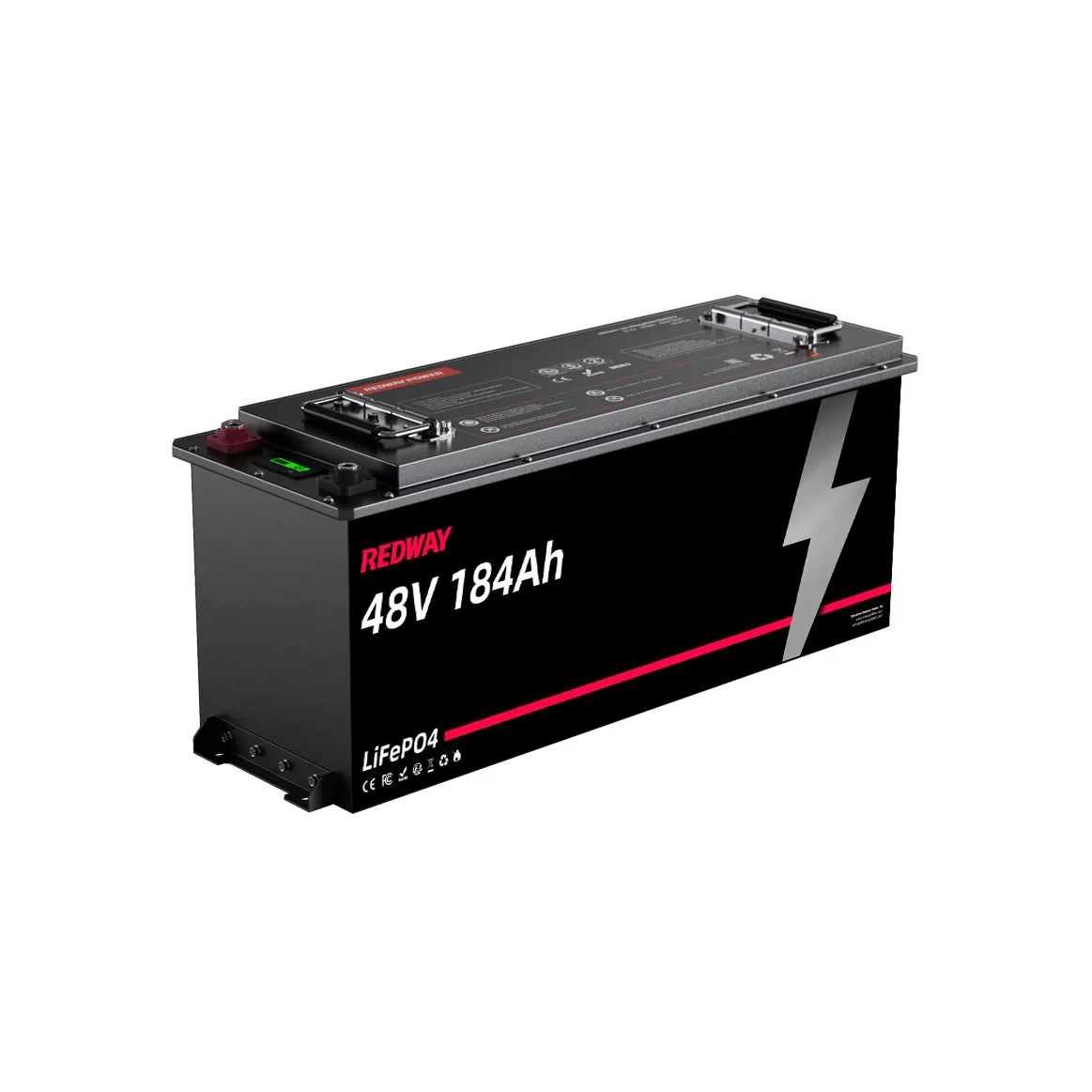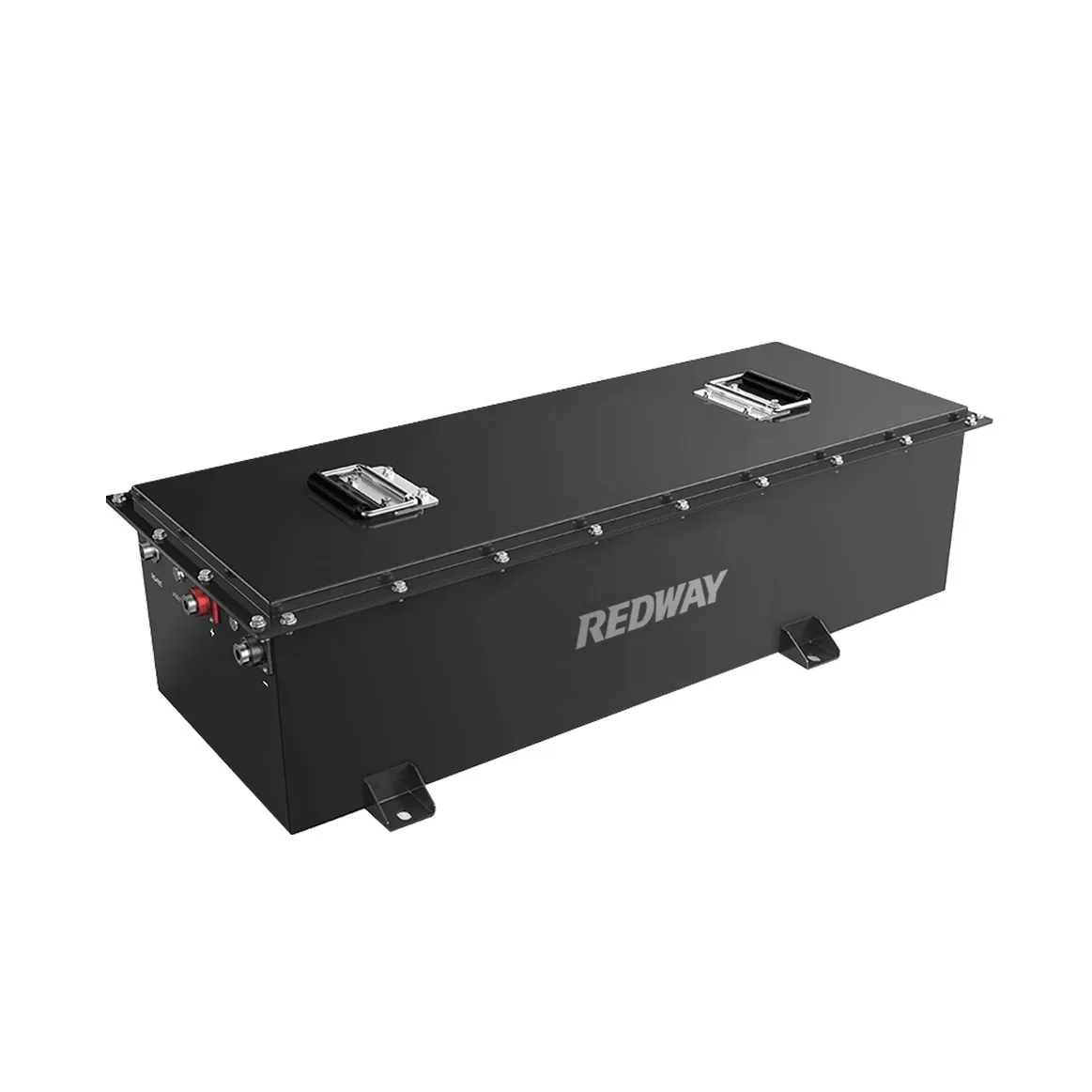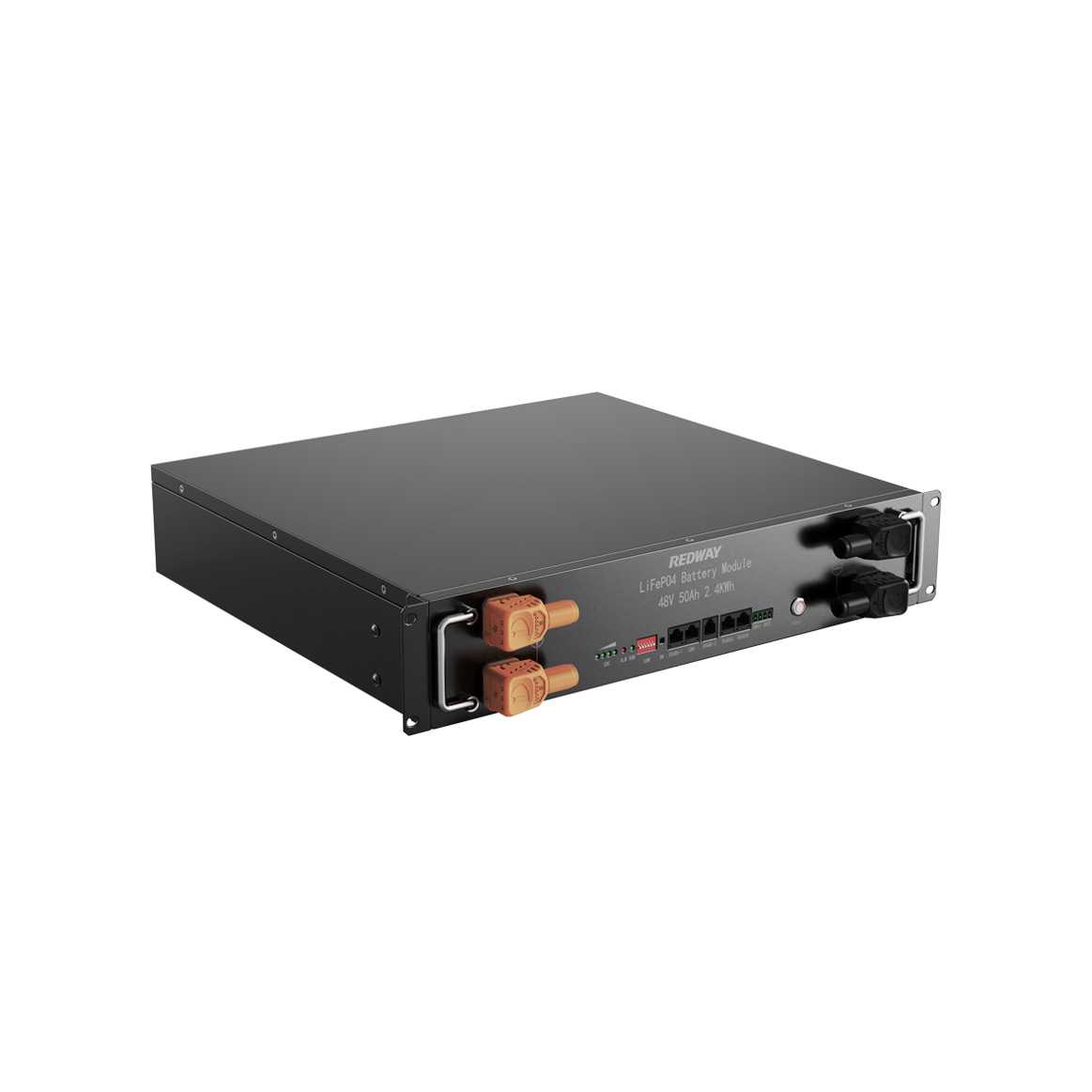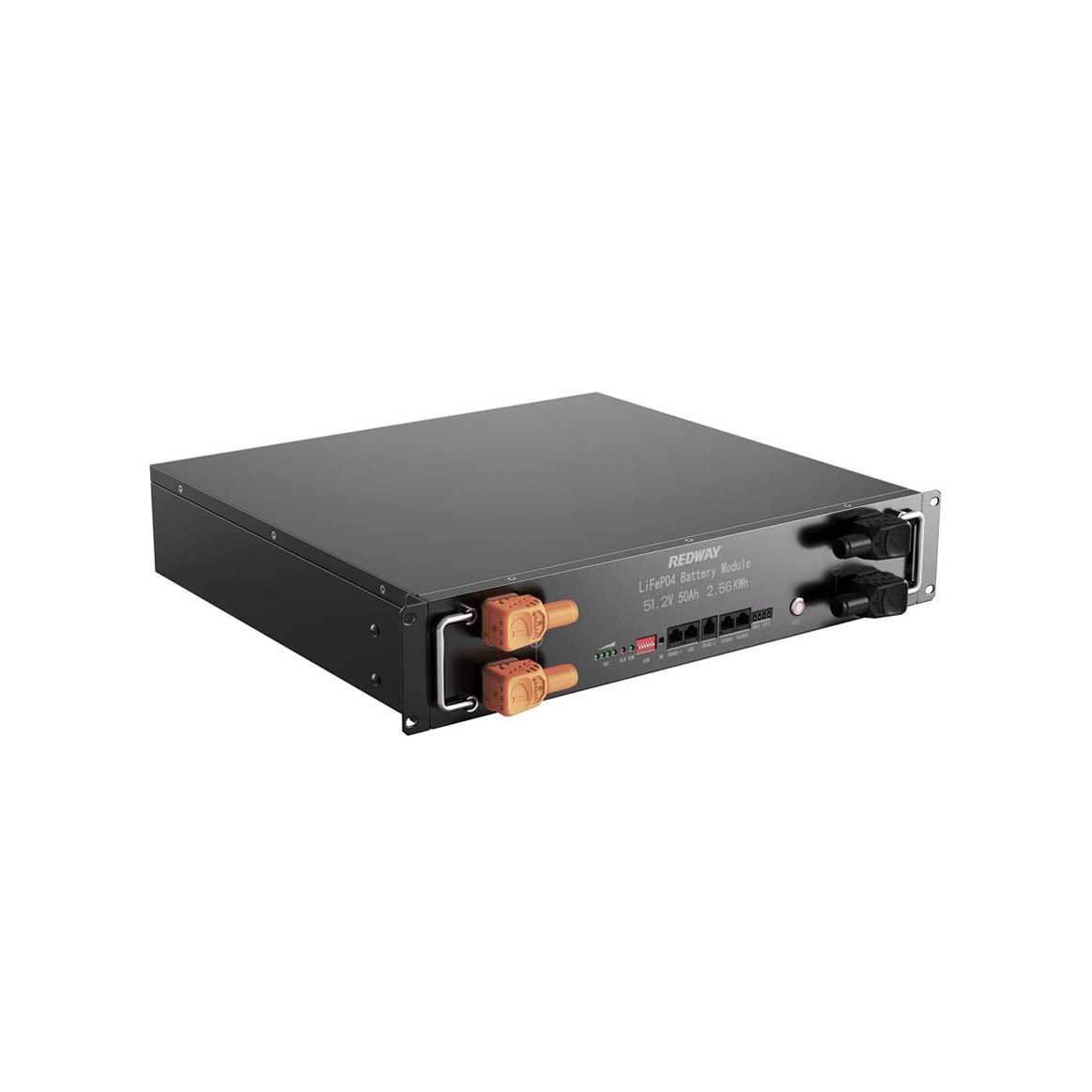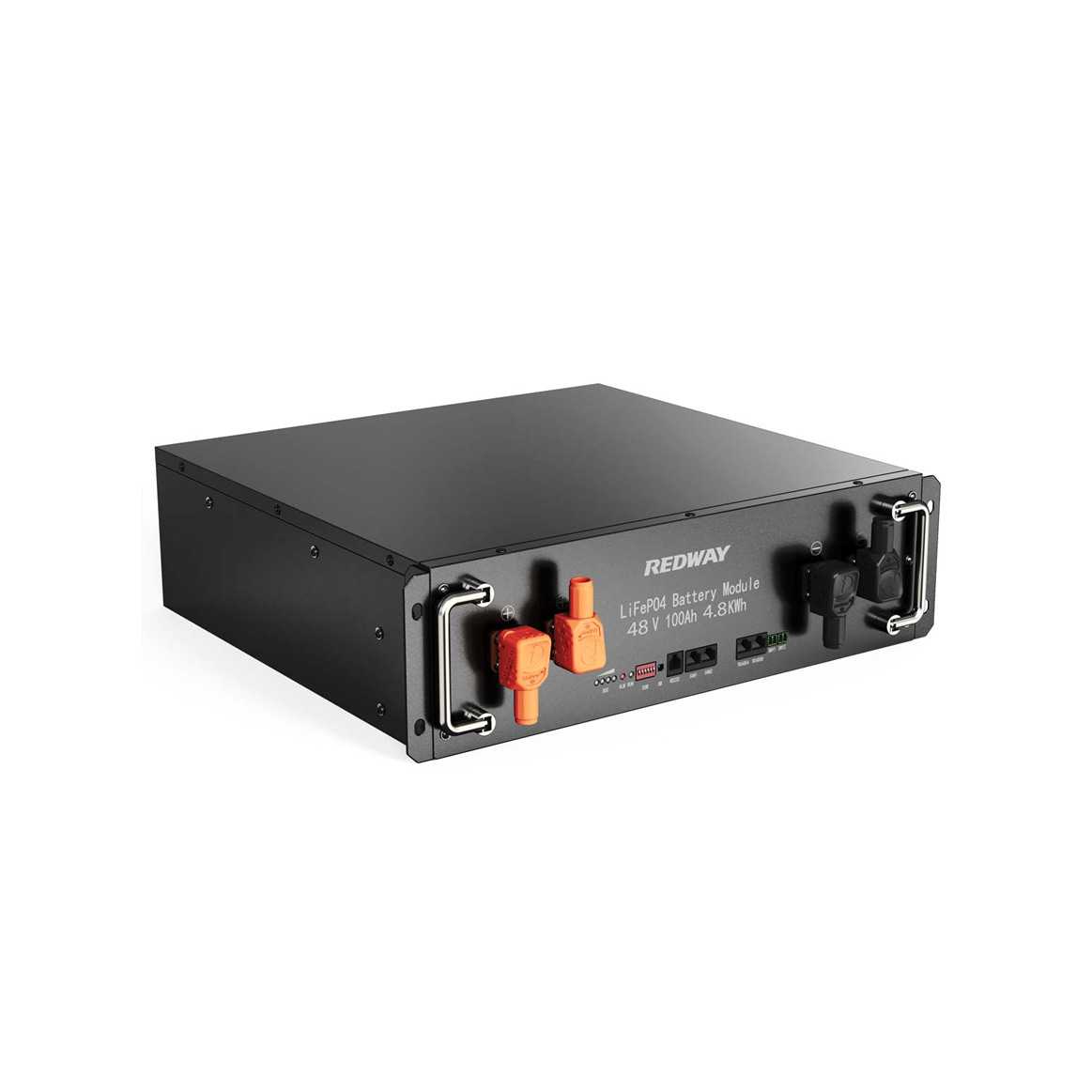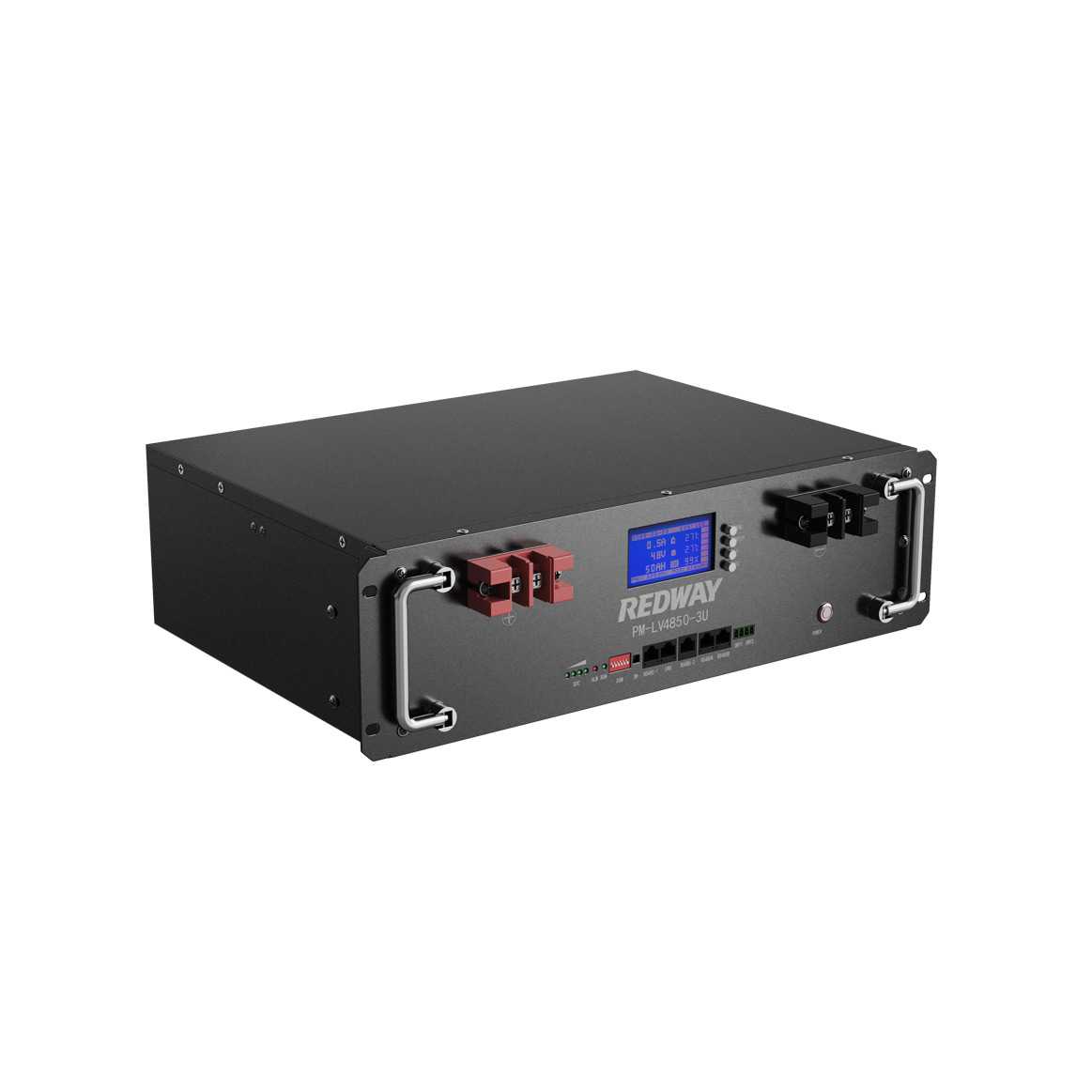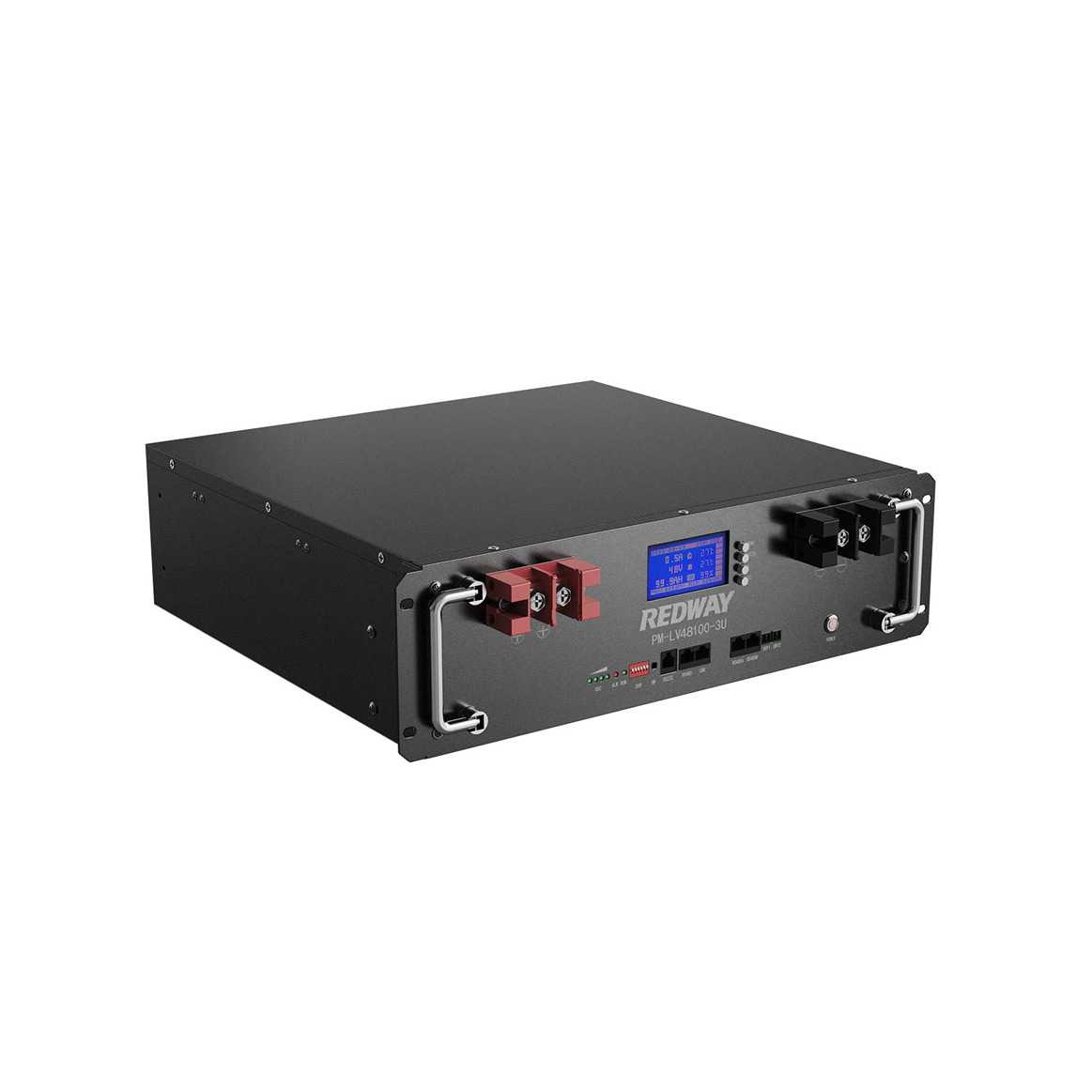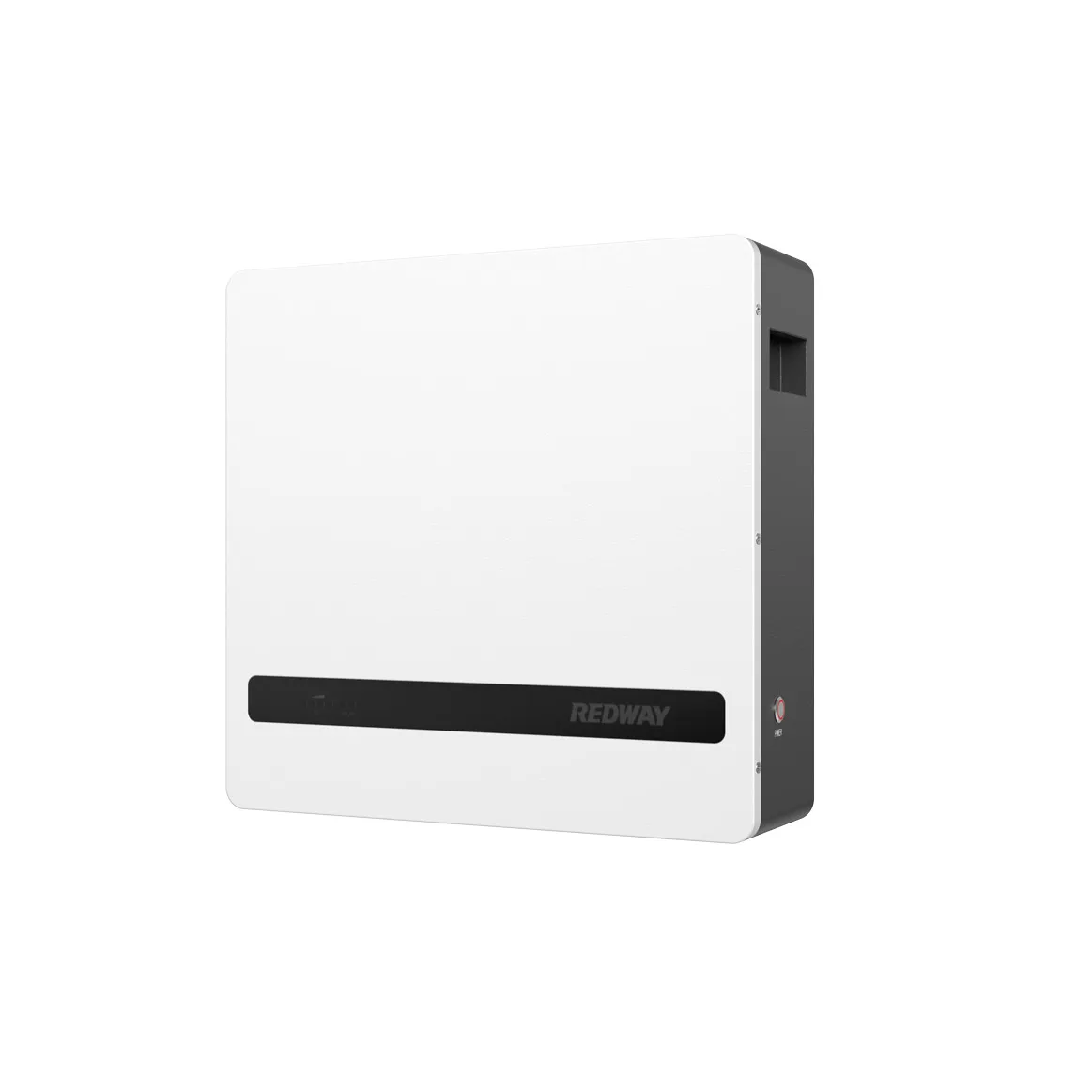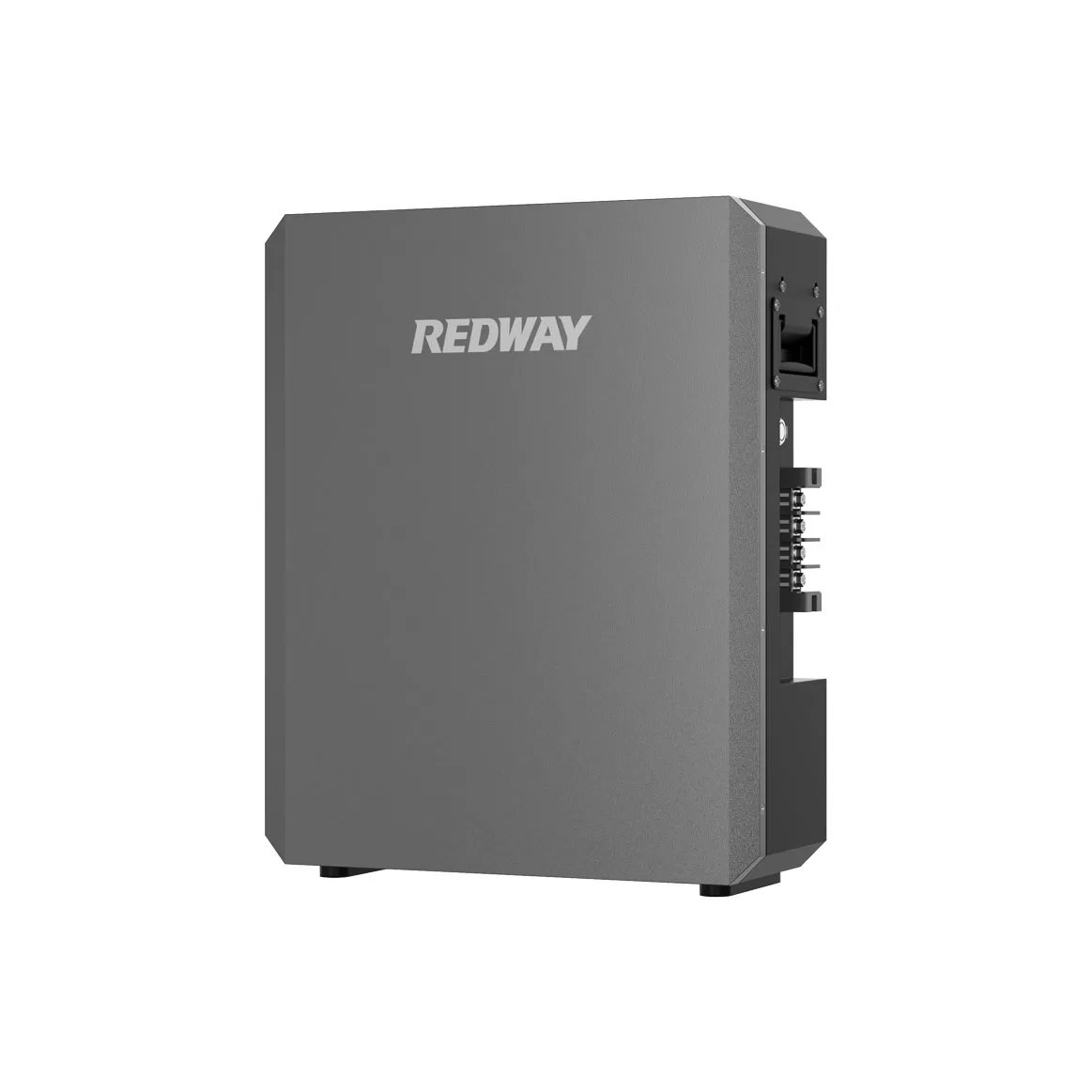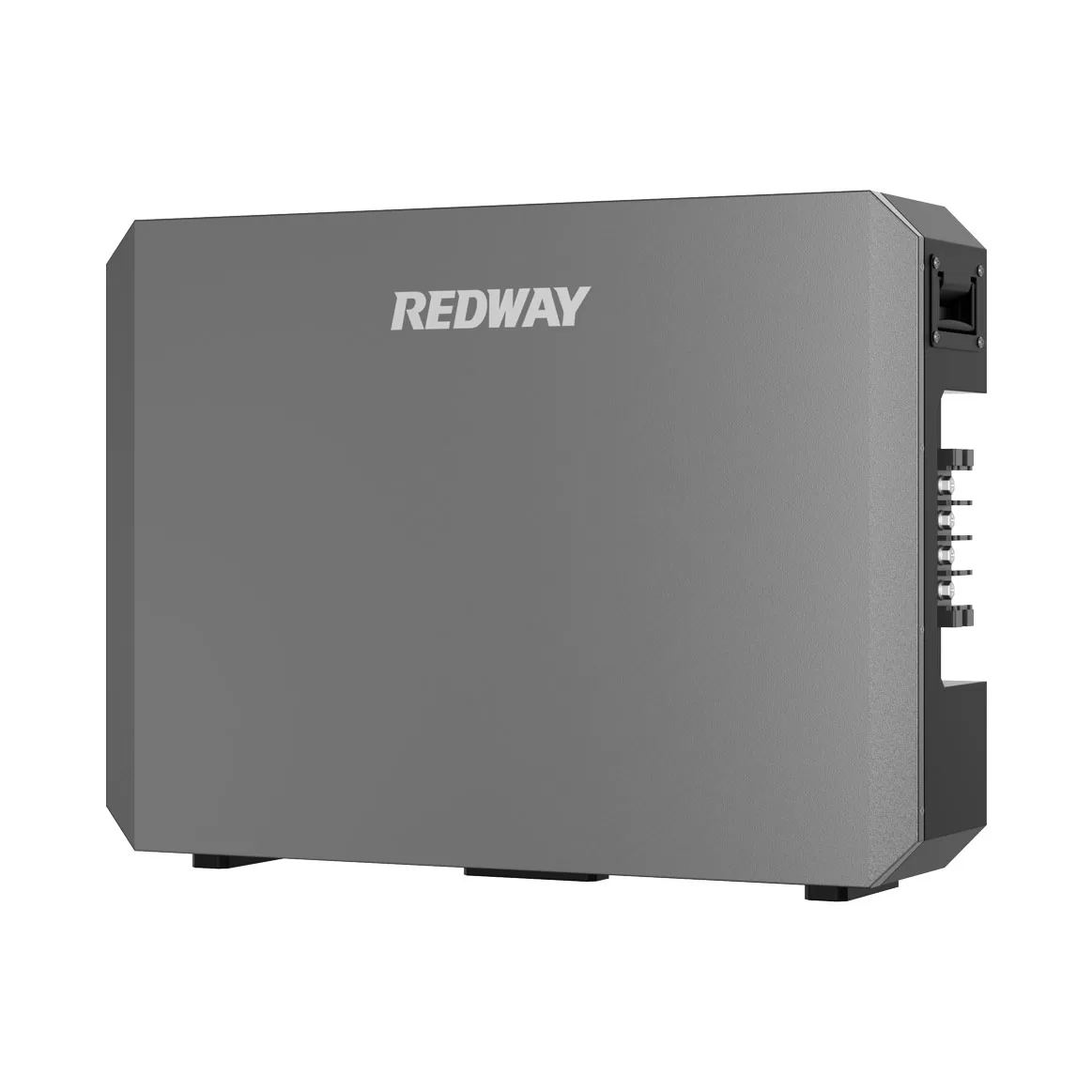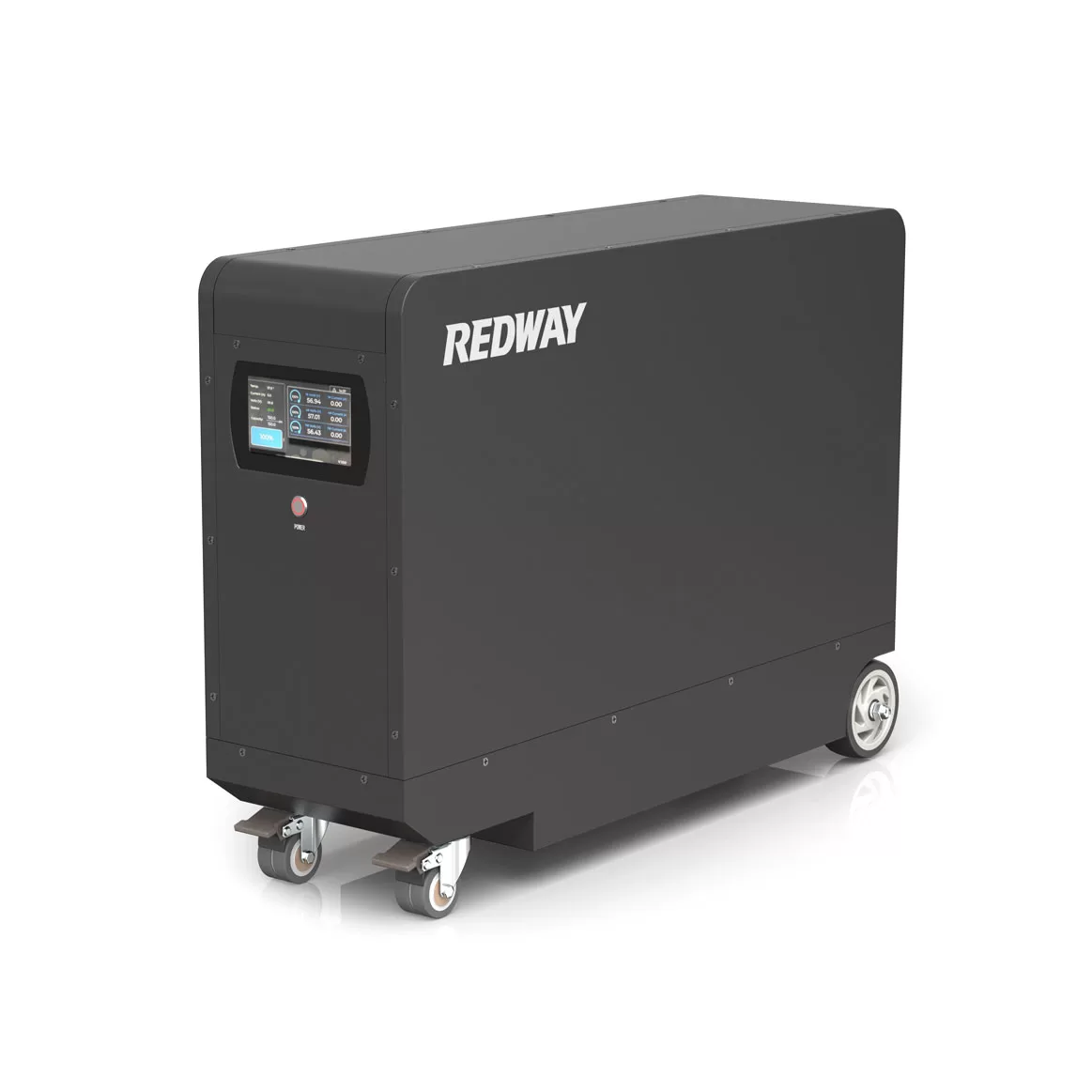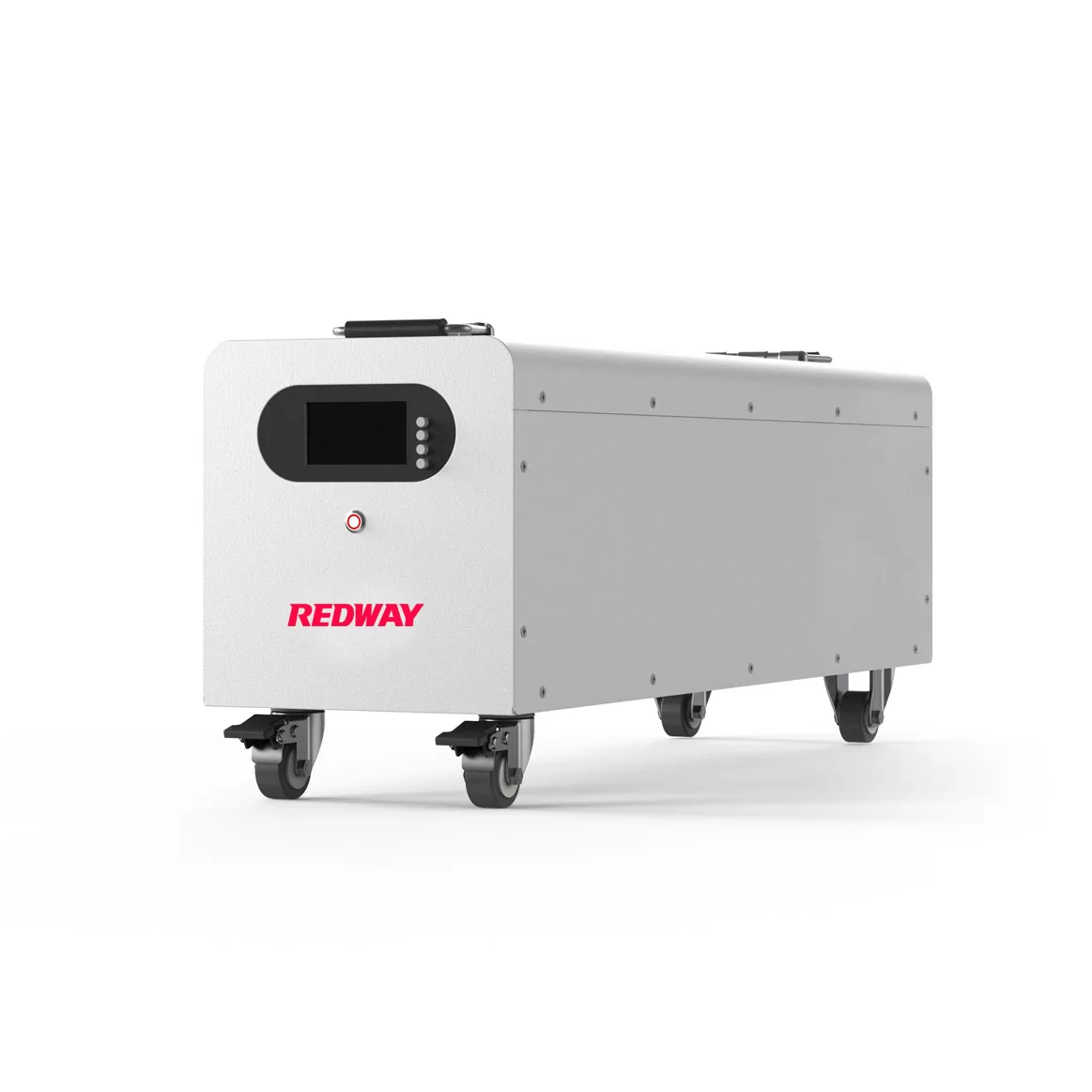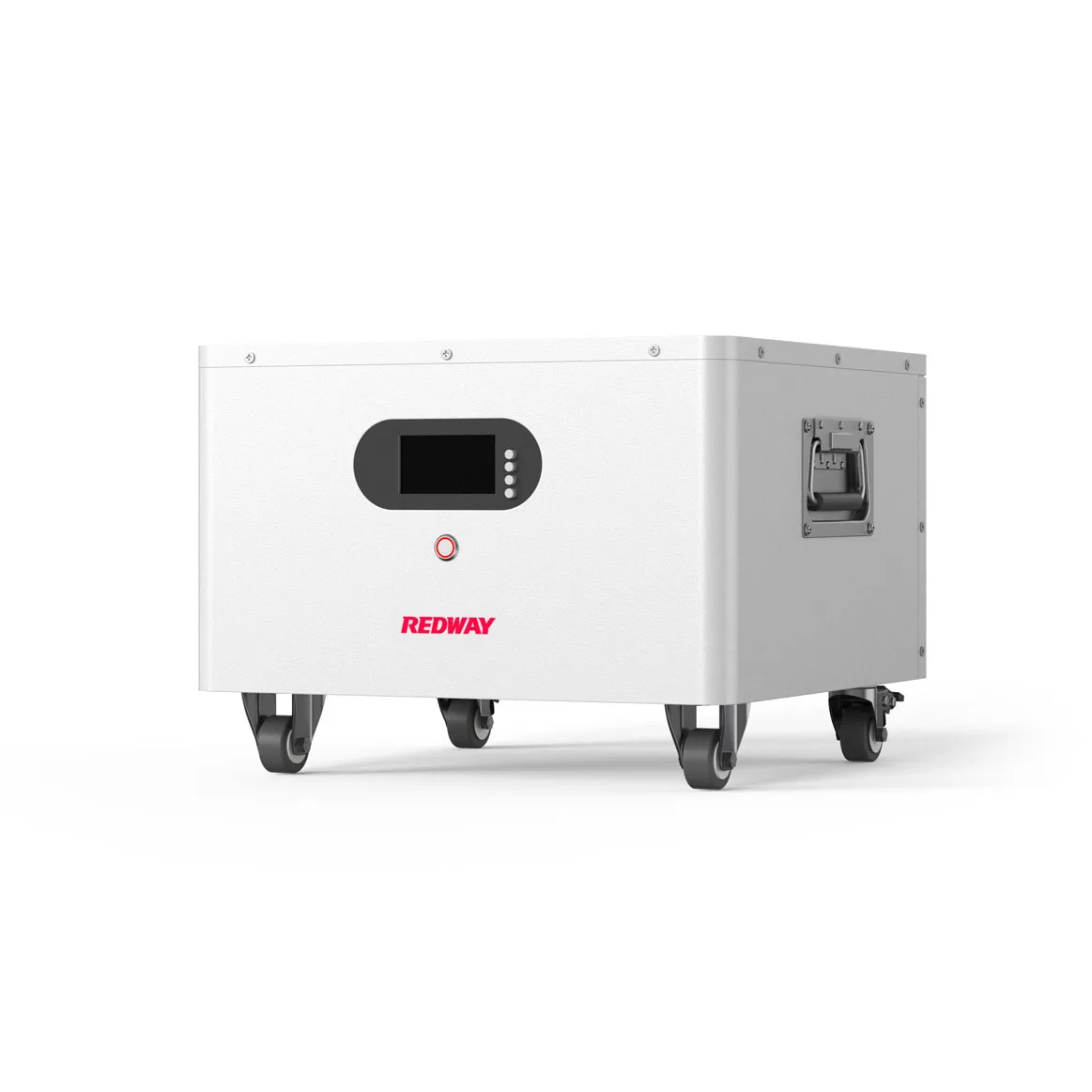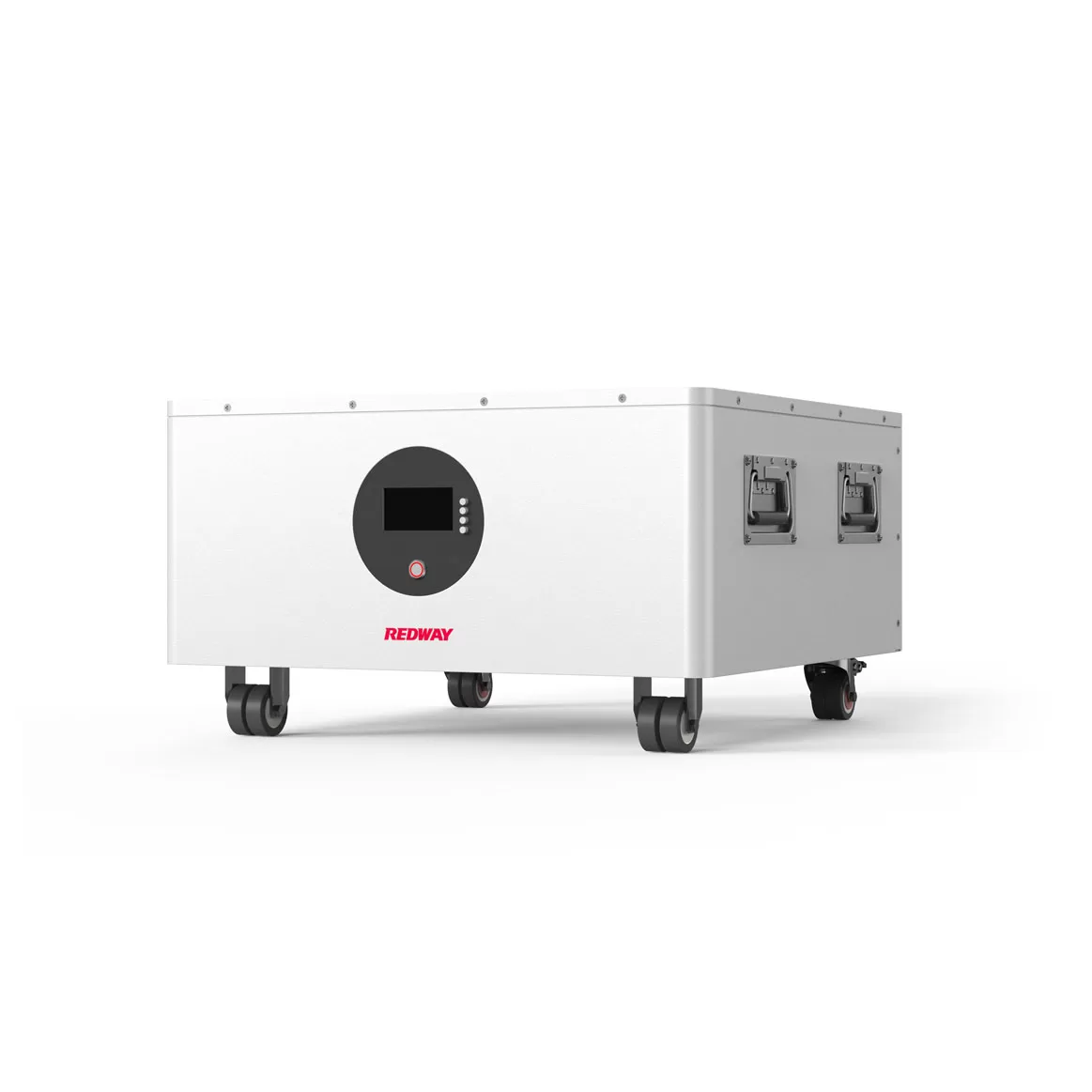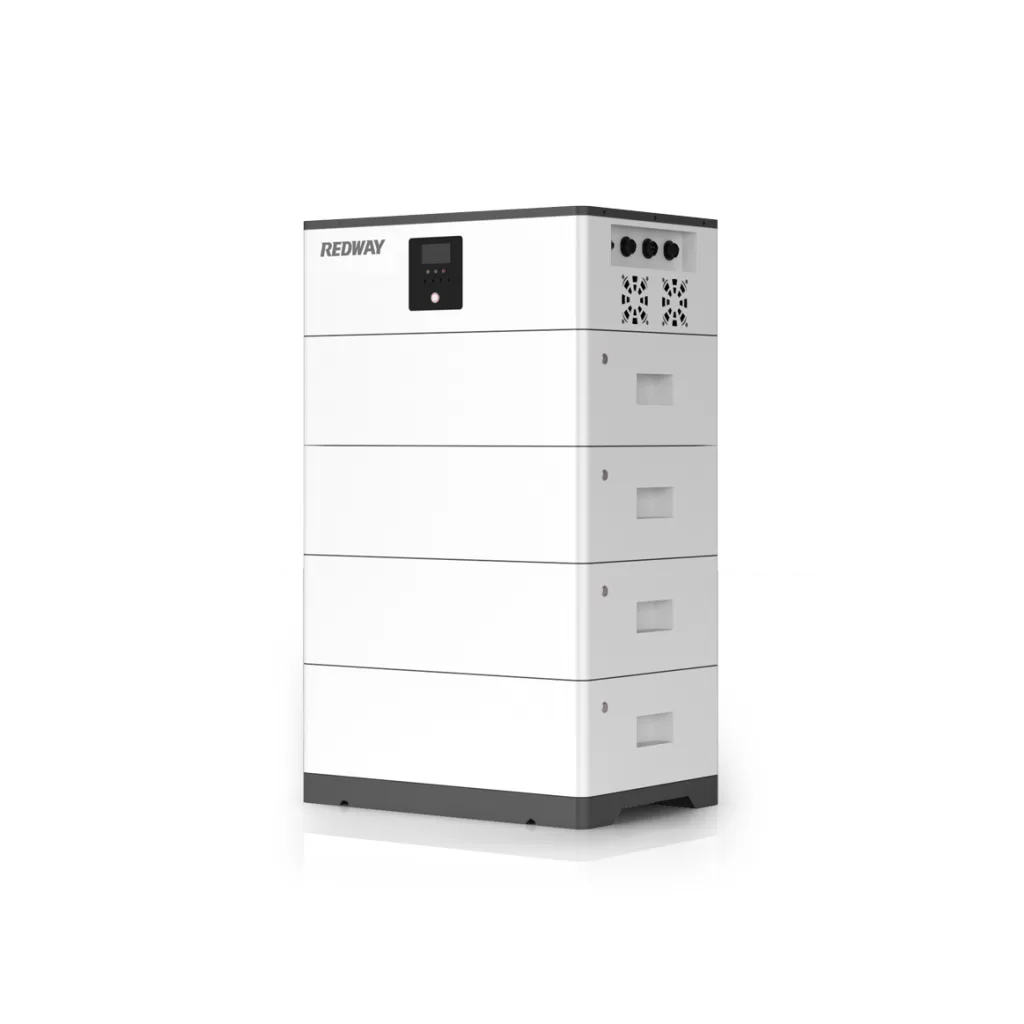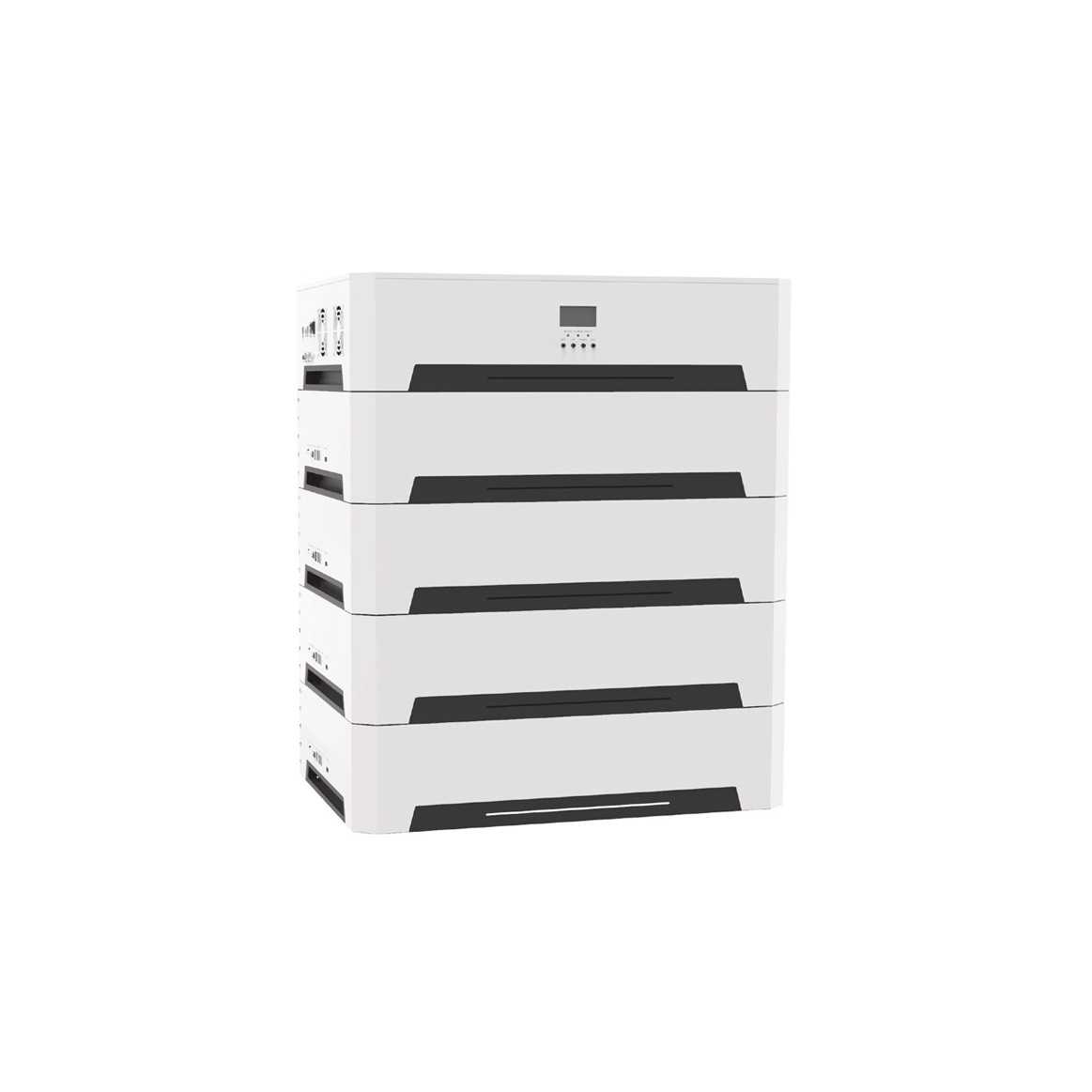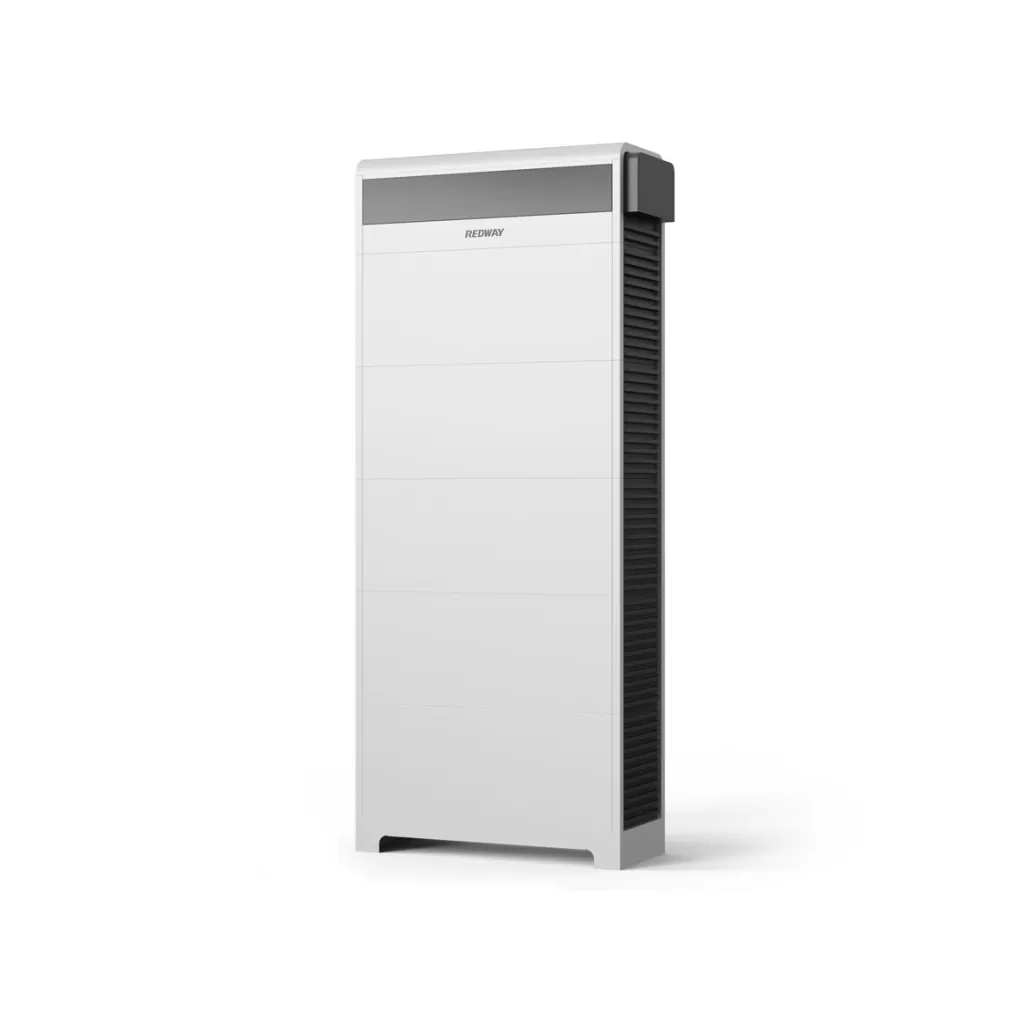هل لديك فضول حول كيفية تخزين الطاقة بكفاءة؟ لا تنظر إلى أبعد من نظام بطارية الرف! أصبحت هذه الأنظمة أكثر شيوعا حيث يبحث الناس عن طرق بديلة لتخزين الطاقة. ولكن ما هو بالضبط نظام بطارية الرف ، وكيف يعمل؟ في منشور المدونة هذا ، سنغطي كل ما تحتاج لمعرفته حول أنظمة بطاريات الحامل ، بما في ذلك أنواعها وإيجابياتها وسلبياتها ونصائح الصيانة ونصائح استكشاف الأخطاء وإصلاحها والمزيد. لذا استرخ ، وتناول مشروبك المفضل ، ودعنا نتعمق في عالم أنظمة بطاريات الرف لتخزين الطاقة!
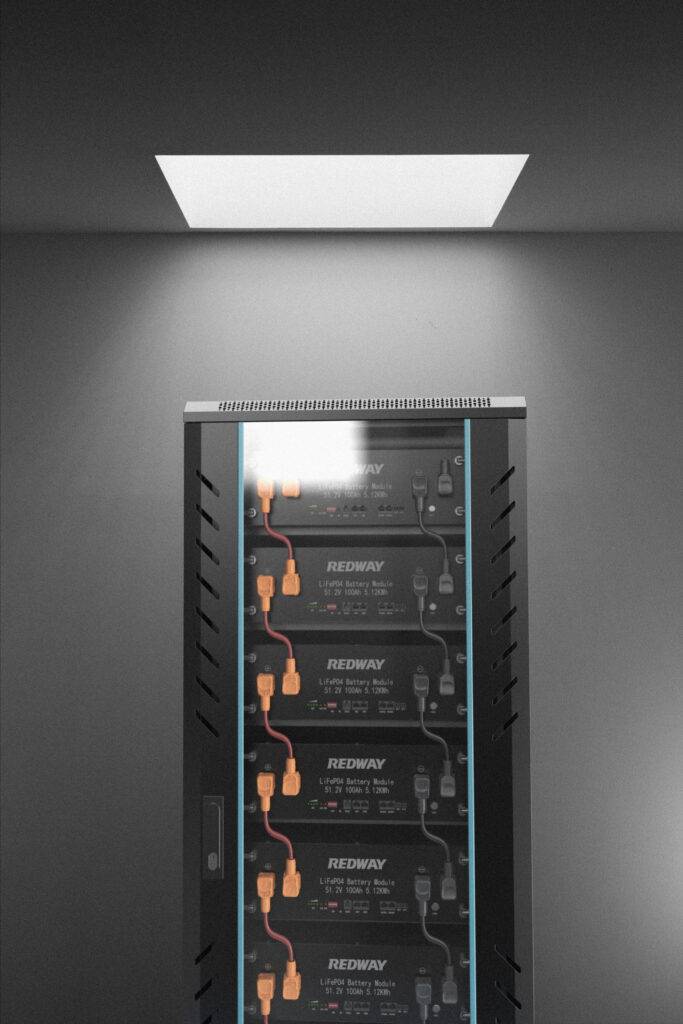
ما هو نظام بطارية الرف لتخزين الطاقة؟
Table of Contents
Toggleنظام بطارية الرف لتخزين الطاقة هو نوع من البطاريات المصممة لتخزين الطاقة الكهربائية. تستخدم هذه البطاريات بشكل شائع في أنظمة الطاقة المتجددة ، مثل أنظمة الطاقة الشمسية وطاقة الرياح. وهي تعمل عن طريق تحويل الطاقة الكهربائية الزائدة التي تنتجها هذه الأنظمة إلى طاقة كامنة كيميائية ، والتي يمكن تخزينها حتى الحاجة إليها.
تتكون أنظمة بطاريات الحامل من عدة خلايا بطارية فردية متصلة ببعضها البعض لتشكيل وحدة أكبر. تتكون هذه الخلايا عادة من خلايا كهروكيميائية أو بطاريات ليثيوم أيون ، والتي لها سعة عالية وعمر طويل.
تتمثل إحدى المزايا الرئيسية لأنظمة بطاريات الحامل على الأنواع الأخرى من البطاريات في قابليتها للتوسع. مع زيادة الطلب على الكهرباء ، يمكن إضافة وحدات إضافية إلى النظام لزيادة سعته الإجمالية.
فائدة أخرى هي قدرتها على الشحن والتفريغ بسرعة دون التسبب في ضرر أو تقليل الأداء. وهذا يجعلها مثالية لتطبيقات الطاقة الاحتياطية حيث تكون أوقات الاستجابة السريعة ضرورية.
توفر أنظمة بطاريات الحامل طريقة فعالة وموثوقة لتخزين الطاقة المتجددة وتوفير طاقة احتياطية عند الحاجة.
ما هو نظام بطارية الرف؟
نظام بطارية الحامل هو نوع من أنظمة تخزين الطاقة التي تستخدم بطاريات متعددة متصلة ببعضها البعض في رف واحد. تستخدم هذه الأنظمة بشكل شائع لتوفير الطاقة الاحتياطية أو تخزين الطاقة من مصادر متجددة مثل الألواح الشمسية.
يمكن تصنيع البطاريات في نظام بطارية الحامل من مواد مختلفة ، بما في ذلك بطاريات الرصاص الحمضية أو الليثيوم أيون أو التدفق. يعتمد عدد البطاريات وحجمها على السعة المطلوبة وخرج الطاقة.
تتمثل إحدى مزايا استخدام نظام بطارية الحامل في تصميمه المعياري ، مما يجعل من السهل توسيع نطاقه أو تقليله حسب الاحتياجات المتغيرة. فائدة أخرى هي قدرتها على ضمان استمرار إمدادات الطاقة أثناء انقطاع التيار الكهربائي أو عندما يتجاوز الطلب العرض.
ومع ذلك ، هناك أيضا بعض العيوب التي يجب مراعاتها. يمكن أن تكون أنظمة بطاريات الحامل باهظة الثمن وتتطلب صيانة دورية لضمان الأداء الأمثل. بالإضافة إلى ذلك ، قد يكون لها عمر محدود اعتمادا على أنماط الاستخدام والعوامل البيئية.
يوفر نظام بطارية الحامل طريقة فعالة لتخزين الطاقة لمختلف التطبيقات ولكنه يتطلب دراسة متأنية قبل التنفيذ.
الأنواع المختلفة لأنظمة بطاريات الرف
تأتي أنظمة بطاريات الحامل في أنواع مختلفة ، كل منها مصمم لتلبية احتياجات تخزين الطاقة المحددة. تشمل الأنواع الأكثر شيوعا لأنظمة بطاريات الرف بطاريات الرصاص الحمضية وبطاريات الليثيوم أيون وبطاريات التدفق وبطاريات الصوديوم والكبريت.
بطاريات الرصاص الحمضية هي أقدم نوع من تقنيات البطاريات القابلة لإعادة الشحن المستخدمة اليوم. إنها ميسورة التكلفة ولكن لها عمر أقصر مقارنة بالتقنيات الأخرى مثل الليثيوم أيون.
توفر بطاريات الليثيوم أيون كثافة طاقة عالية وعمرا أطول من التقنيات الأخرى. يمكن أن تكون باهظة الثمن ولكنها مفضلة على نطاق واسع لموثوقيتها وكفاءتها.
تستخدم بطاريات التدفق خزانين منفصلين يحتويان على إلكتروليتات يتم ضخها عبر كومة غشاء لإنتاج الكهرباء. هذه التقنية فعالة في تخزين كميات كبيرة من الطاقة المتجددة لفترات طويلة مع الحد الأدنى من الصيانة المطلوبة.
كانت بطاريات الصوديوم والكبريت (NaS) موجودة منذ ستينيات القرن العشرين ولكنها اكتسبت شعبية مؤخرا فقط بسبب الاهتمام المتزايد بتطبيقات تخزين الطاقة المتجددة مثل مزارع الرياح أو محطات الطاقة الشمسية حيث يمكنها توفير طاقة احتياطية موثوقة أثناء الانقطاع.
من الضروري مراعاة عدة عوامل عند اختيار نظام بطارية الحامل الذي يناسب احتياجاتك بشكل أفضل ؛ وتشمل هذه الفعالية من حيث التكلفة وقدرات الأداء والعمر المتوقع من بين أمور أخرى.
إيجابيات وسلبيات نظام بطارية الرف
نظام بطارية الرف له نصيبه العادل من المزايا والعيوب. تتمثل إحدى المزايا الرئيسية لهذا النظام في أنه يسمح بالتوسع السهل ، مما يجعله مثاليا للشركات أو أصحاب المنازل الذين يحتاجون إلى زيادة سعة تخزين الطاقة بمرور الوقت. فائدة أخرى هي أن أنظمة بطاريات الحامل عادة ما تكون أكثر كفاءة من الأنواع الأخرى من البطاريات.
ومع ذلك ، فإن أحد الجوانب السلبية لنظام بطارية الرف هو أن التكلفة الأولية يمكن أن تكون عالية جدا مقارنة بخيارات تخزين الطاقة الأخرى. بالإضافة إلى ذلك ، أبلغ بعض المستخدمين عن مشكلات في صيانة هذه الأنظمة وصيانتها ، مما قد يؤدي إلى نفقات إضافية في المستقبل.
عيب آخر محتمل هو أنه قد لا يكون لدى جميع المنازل أو المباني مساحة كافية متاحة لتثبيت نظام بطارية الرف دون تعديلات كبيرة. في حين أن هذه الأنظمة توفر طاقة احتياطية في حالة انقطاع التيار الكهربائي ، فقد لا تتمكن من الحفاظ على الطاقة لفترات طويلة بسبب السعة المحدودة.
من المهم أن تزن كل من الإيجابيات والسلبيات قبل تحديد ما إذا كان نظام بطارية الحامل مناسبا لاحتياجاتك وظروفك الخاصة.
ما هي أفضل العلامات التجارية لأنظمة بطاريات الرف؟
عندما يتعلق الأمر باختيار أفضل علامة تجارية لأنظمة بطاريات الرف ، فهناك العديد من العوامل التي تحتاج إلى أخذها في الاعتبار. وتشمل هذه الجودة والموثوقية والأداء والتسعير. فيما يلي بعض من أفضل العلامات التجارية التي اكتسبت سمعة طيبة في توفير أنظمة بطاريات الرف عالية الجودة.
الأول في قائمتنا هو Tesla’s Powerpack. تهيمن هذه العلامة التجارية على السوق منذ إطلاقها في عام 2015 بسبب كثافة الطاقة الرائعة وعمرها الطويل. يستخدم النظام بطاريات ليثيوم أيون مع تقنية إدارة حرارية متقدمة تضمن السلامة والكفاءة.
علامة تجارية أخرى ذات سمعة طيبة هي نظام بطارية Resu من LG Chem والذي يوفر خيارات تركيب مرنة للعقارات التجارية والسكنية. تأتي منتجاتها بأحجام مختلفة تتراوح من 3 كيلو واط ساعة إلى 16 كيلو واط في الساعة.
SimpliPhi Power is also known for their durable and lightweight lithium ferro phosphate batteries that provide reliable backup power during outages or peak demand periods.
Other notable brands worth mentioning include Enphase Energy’s AC Battery System, Mercedes-Benz Energy Storage Systems, Sonnen Batterie Eco Compact, among others.
Ultimately, your choice will depend on your specific needs and budget as each brand offers unique features that suit different applications.
How to Install a Rack Battery System
Installing a rack battery system may sound like a daunting task, but with the right tools and knowledge, it can be done efficiently. First, you need to choose the location for your battery system. It should be in a cool and dry place that is easily accessible.
Next, make sure you have all the necessary equipment such as cable cutters, crimping tools, screwdrivers and gloves. Before connecting any wires or cables to the battery modules or racks, read through the installation manual carefully.
When installing each module onto its corresponding rail or shelf within the rack system framework ensure they are levelled correctly using shims if needed. Once they are aligned properly secure them by tightening bolts/nuts/screws.
Afterwards connect both power and data cables following correct polarity checking! Double check all connections before turning on your system for safety reasons!
Finally perform basic testing of each module’s voltage reading via digital multimeter connected at one end while touching opposite ends inside terminals ensuring readings are accurate!
How to Maintain a Rack Battery System
Maintaining a rack battery system is essential for ensuring optimal performance and longevity of the system. Here are some tips on how to maintain your rack battery system:
First, it’s important to regularly inspect the batteries, cables, and connections for signs of wear or damage. This can help identify any potential issues before they become major problems.
Next, you should clean the battery terminals and connections with a wire brush or cleaning solution to remove any corrosion that may have developed over time.
It’s also crucial to check the electrolyte levels in flooded lead-acid batteries regularly and top them off as needed with distilled water. Overfilling or underfilling can cause damage to the batteries.
Another important maintenance task is monitoring the temperature of your rack battery system. High temperatures can reduce battery life while low temperatures can affect performance. Regularly checking and adjusting temperature settings can prevent these issues from occurring.
Keeping detailed records of maintenance tasks performed on your rack battery system will help you track its performance over time and identify any recurring issues that need attention.
By following these simple steps, you can ensure that your rack battery system remains reliable and efficient for years to come!
What are the Most Common Problems with Rack Battery Systems?
Rack battery systems have become increasingly popular for their ability to store energy and provide backup power. However, like any technology, they are not immune to problems. Here are some of the most common issues that may arise with rack battery systems.
One issue is overheating, which can cause damage or even a fire if left unchecked. Overheating can occur due to poor ventilation or because the system is being pushed beyond its limits.
Another problem is aging batteries, which lose their ability to hold a charge over time. This can result in reduced performance and ultimately require replacement of the entire system.
A third issue is improper installation or wiring, which can lead to safety hazards such as short circuits or electrocution. It’s important to have a qualified professional install your rack battery system and regularly inspect it for any potential issues.
Environmental factors such as extreme temperatures or moisture buildup can also affect the performance of rack battery systems. Regular maintenance and monitoring can help mitigate these problems before they become serious.
While there are potential pitfalls when using rack battery systems for energy storage, proper installation and regular maintenance should keep them running smoothly and safely for years to come.
How to Troubleshoot Rack Battery System Problems
Troubleshooting rack battery system problems can be a daunting task, especially for those who are not familiar with the technology. However, identifying and resolving issues as soon as possible is crucial to ensure that the system operates efficiently and safely.
The first step in troubleshooting rack battery systems is to identify the problem. Common issues include system failures or malfunctions, low voltage levels, uneven charging rates among batteries or modules, temperature fluctuations within the racks and other related concerns.
Once you have identified the issue at hand, it’s essential to conduct a thorough inspection of all components involved in the affected circuitry. This includes checking connectors, cables and wires for any physical damage or corrosion that may impact performance.
It’s also important to check for software-related issues by monitoring error messages that appear on controllers or display units. Identifying these errors can provide helpful clues about what might be causing an issue.
If you’re still unsure about how to proceed with troubleshooting your rack battery system after conducting initial inspections and diagnostics checks, it’s best to contact an expert technician who specializes in this field. They will be able to offer valuable insights into potential solutions based on their expertise and experience working with similar systems.
When to Replace a Rack Battery System
As with any energy storage system, a rack battery system has a limited lifespan. Knowing when to replace your system is crucial in ensuring that you continue to receive optimal performance and safety.
The most common signs of a failing rack battery system include reduced capacity, increased charging time, frequent maintenance issues, and safety concerns such as overheating or swelling batteries. If you notice any of these symptoms, it may be time to consider replacing your current system.
In addition to these indicators, it’s important to keep track of the age of your batteries. Most manufacturers recommend replacing lead-acid batteries every 3-5 years and lithium-ion batteries every 7-10 years. However, this timeline can vary depending on usage patterns and environmental factors.
When it comes time for replacement, be sure to do your research on the latest technologies and brands available in the market. You want to choose a high-quality product that meets all of your energy needs while also being safe and reliable.
By staying proactive about monitoring the health of your rack battery system and knowing when it’s time for replacement, you can ensure that you always have access to clean energy when you need it most.
Related Posts
- يمكن أن يؤدي تسرب البطاريات إلى مقدمة الحريق وأسبابه
- يشعر السكان بالارتياح بعد إزالة بطاريات الليثيوم أيون المنبعثة من الأبخرة من وارويك
- يستفيد نظام بطارية الرف من أنظمة تخزين الطاقة التقليدية
- يحتفل مهرجان Hola México السينمائي بالذكرى الخامسة عشرة لتأسيسه بتشكيلة ممتازة
- يجب معرفة المزيد حول بطارية LiFePO4 – المقدمة والمعنى
- وحدة بطارية الليثيوم LV5150-3U لبطارية الرف من بطارية Redway
